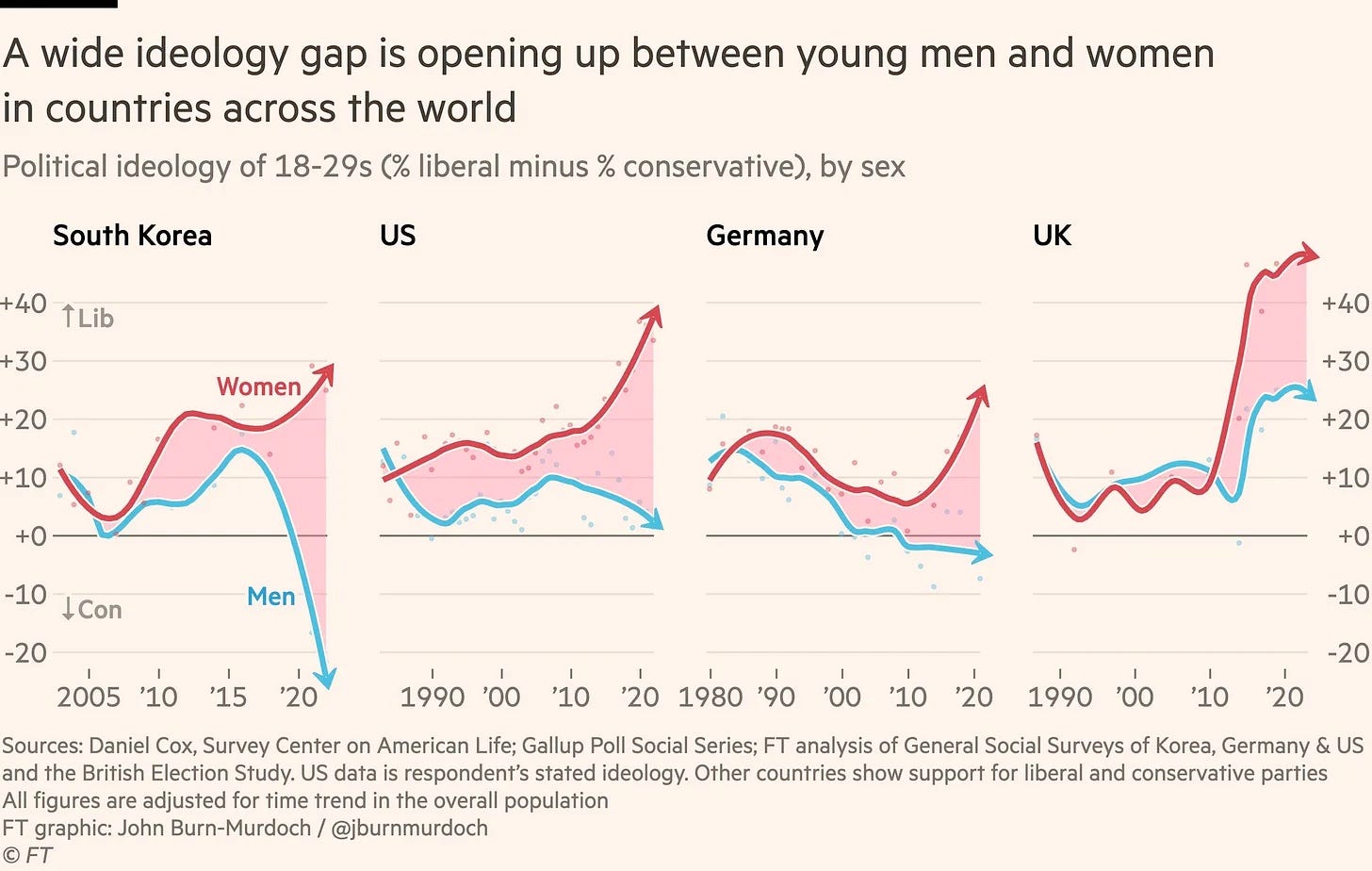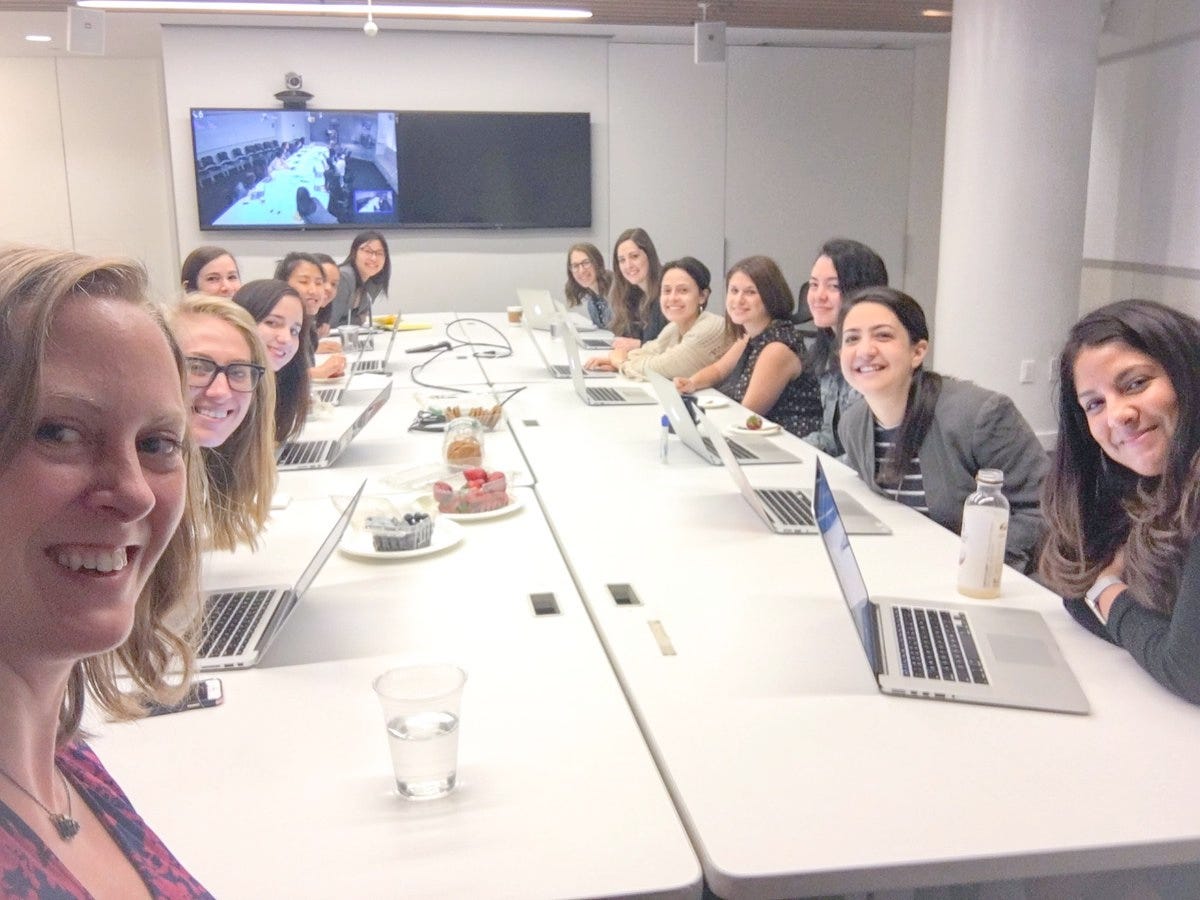One would have to be living under a rock to be unaware of the raging tariff battle. It's all over the news media, complete with graphs of the stock markets coughing and heaving.
HEAD FAKE OR KNOCKOUT, MR. TRUMP?
There are a number of important angles to the matter. The most important is a simple one, though:
Is the goal to get other countries to lower their tariffs? For more, even-cheaper, foreign goods?
Or, is the goal to cut the US off from cheap, foreign goods? To bring manufacturing back?
In the first case, the high tariffs slapped on other countries are rhetoric, a tactic to get people to the negotiating table. Bluster. If this is true, we'll likely know soon enough, and some stories have already begun to leak out, "This country or that country has 'caved' and will cut their tariffs on imported US goods…". This is the head fake in boxing, not a real blow, but rather a feint, a ruse.
In the second case, though, it is a far more serious - - and I believe, a far more interesting - - situation. Is something bigger afoot? Will we, need we, bring manufacturing back to the United States? This will be tectonic. What if the intention is to cripple the opponents' ability to manufacture for sale in the the US? What if the intent is a knockout punch?
WHY WEAN YOURSELF OFF CHEAP, IMPORTED GOODS?
It's quite overwhelming, actually, even for those of us trained in economics. We can choose from hundreds of recent articles and papers, with headlines about "tariffs", "free trade", "reserve currency", and the like. Personally, I find these both too esoteric and too orthodox.
Rather…
What if our current understanding of trade is wrong? What if it was not - - ECONOMICALLY - - a good idea to outsource all of our manufacturing to foreign, distant lands? That is, what if it was a bad "business decision"?
Even more importantly, though, what if it was a bad idea - - EXISTENTIALLY - - to give up the ability to make things? What if doing so threatens us with economic ruin, to military vanquishment?
If it was indeed, merely, a bad business decision, then we can revise our theories of trade, recalibrate our business models, and gradually rebuild industries that make sense for "Made in USA".
If the lack of a robust manufacturing base is an existential crisis, we can expect more and longer upheaval, as it is NO LONGER ABOUT MONEY. Is is a struggle for our future and for that of our children.
For Want of a Nail, a proverb
For want of a nail the shoe was lost.
For want of a shoe the horse was lost.
For want of a horse the rider was lost.
For want of a rider the message was lost.
For want of a message the battle was lost.
For want of a battle the kingdom was lost.
And all for the want of a horseshoe nail.
As you might guess: I do believe it is existential for the US to, again, "make things". I'd like to dedicate a full post to this, soon. I'll talk about a number of things, including icebreakers for the great, icy, North: We can count ours on one hand; Russia has about 60.
ASSUMING OUR SURVIVAL REQUIRES A RENAISSANCE IN US MANUFACTURING, WHAT WOULD THAT LOOK LIKE?
Individually, and collectively, as a nation on the whole, we'd need to marshall:
Raw Materials, the process inputs;
Manpower, the workers and management;
Plants, the facilities and utilities;
Equipment, the lines and tooling;
Supply Chain, the logistics to move the raw materials and finished goods;
Ecosystem, the symbiotic, orchestrated interaction of the other components, that "je ne sais quoi" magic.
All of this takes time, years, in fact. A valid criticism of the President's recent trade war was that it was too vigorous, not "measured" enough, given the time that it would take to substitute for the not-imported goods. This is support for the "head fake", bluster argument.
But, the underlying question remains: What if we have to make things? And soon?
The United States is not lacking in examples of manufacturing and operational excellence. In a post I discuss the remarkable achievements of SpaceX, for instance. In another post, I highlight the GrokAi's remarkable data center launch.
Thus, we do have cadres of highly-talented and highly-motivated people in a few companies, in a few industries. One could even add special operations units (SEALs, Delta, Etc.) to that list. But, these are pockets: sexy, glamorous, high-paying, and prestigious niches.
A manufacturing renaissance would require a massive influx of new talent - - millions of people trained, motivated, and managed to do these newly-onshored jobs. And, most of these will be males. Overall, seventy percent of manufacturing jobs are done by males - - females do the other 30 percent. In heavy manufacturing, like the manufacture of machinery, transportation equipment, and primary metals, males do about 95% of the jobs.
IN MY VIEW, MOVING THE "MEN" WILL BE THE MOST DIFFICULT CHALLENGE
"Time for ‘shock therapy’ — how to get our 7 million dropout men back to work" -
- Nicholas Eberstadt, NY POST, April 8, 2025
Nicholas goes on to complain that most jobless men are NILFs (for “not in labor force”) and that, "The miracle of the market does not cure social pathologies. All too many male workforce dropouts are detached (from society), dependent (on government benefits and pain meds), and defeated." He argues that "fixing" our broken disability system will shock them into taking these newly-created manufacturing jobs.
Nicholas has no understanding of the depth of the problem. It goes way beyond the required, initial understanding that (young) men have not exactly been "lifted up" the past few …decades.
This statue, from sculptor Luciano Garbati, now graces the front of the Manhattan Supreme Court. In this modern telling, the snake-headed, monster Medusa holds the head of our great, young hero, Perseus.
Remember my post last week, the one about natalism? Natalist Nudging Nearby? In it, I argued we'd see a new interest in our youth, as nations on war footings inevitably need (young) bodies.
The same thing goes for manufacturing. Both need, both demand, young bodies, especially male ones.
I mentioned the plight of South Korea, with the distinction of having the world's lowest Total Fertility Rate, hovering below 1.0 for decades. Korean women have less than 1/2 the babies needed to maintain a flat population [flat TFR = 2.1].
South Korea also gave us the recent "4Bs" or "Four Nos" movement:
no sex with men (Korean: 비섹스; RR: bisekseu),
no giving birth (비출산; bichulsan),
no dating men (비연애; biyeonae), and
no marriage with men (비혼; bihon).
The movement gained a lot of support in the US during the recent presidential election, where it is called both "4Nos" and "Lysistrata", after the Greek comedy of 411BC by Aristophanes where women go on a sex strike to end the Peloponessian War.
These sex strikes have not gone unnoticed by young men who are aware of both their greater lifetime tax burden (about a third higher) and their unique exposure to conscription (only men aged 18 to 26 are required to register).
This has given us the "NPNW" or "No Pu$$y No Work" movement, with its stated goal of encouraging men who are involuntarily "deprived" of sex and intimacy to "dropout" and become "NEETS". ("Not in Education, Employment, or Training", is a person who is unemployed and not receiving an education or vocational training.)
Lest you think this is fringe, consider
Young men and young women are separated by a belief gap, no a belief crevasse.
Morgan Radford, of NBC, was recently on MSNBC discussing the recent, alarming trends among men. For the first time in history Christian men attend church in greater numbers than Christian women. A growing number of young men are embracing religion … and conservative politics. The panelists clearly find this troubling, that these young men are marriage-minded, and - - egad! - - want a "nuclear family".
In my natalist post, take a gander at the list "Encourage / Reward Behaviors Positively-correlated with TFR”. I draw your attention specifically to five bullet points, all bolsterd by a “Made in USA” renaissance:
Early Marriage and Childbearing ✅
Rural Living ✅
Lower Female Workforce Participation ✅
Traditional Gender Roles ✅
Limited Urbanization and Modernization ✅
TRUMP'S TARIFF WAR, IF INDEED INTENDED TO BOLSTER US MANUFACTURE, WILL REBALANCE THE UNITED STATES IN FAVOR OF (YOUNG) MALES
Yin is a symbol of earth, femaleness, darkness, passivity, and absorption. It is present in even numbers, in valleys and streams, and is represented by the tiger, the color orange, and a broken line. Yang is conceived of as heaven, maleness, light, activity, and penetration. - Britanica
While jobs vulnerable to automation skew male - - the rise of generative AI disproportionately affects female-dominated roles. Like those women in the infamous photo above, the staff of the Huffington Post.
MANUFACTURING BROUGHT BACK TO THE US WILL BE STAFFED BY TWO TYPES: ROBOTS AND MALES
Jobs that can be automated will be, and all of the ones that can't be automated will be staffed by males. And, these will be good, high-paying jobs - - engineers, machinists, builders, tradespeople, and the like. Males will maintain the robots, too.
MANUFACTURING BROUGHT BACK WILL BE A BOON TO INLAND, RED STATES
"Anduril Industries has selected Columbus, Ohio to be home to a new, large-scale weapons production site, as the defense startup seeks to scale its production capacity for autonomous systems like drones. Anduril Industries has selected Columbus, Ohio to be home to a new, large-scale weapons production site, as the defense startup seeks to scale its production capacity for autonomous systems like drones.
The facility, dubbed “Arsenal-1,” will start by taking over an existing structure located next to Rickenbacker Airport, Chief Strategy Officer Chris Brose told reporters in a Wednesday briefing ahead of the company’s announcement. In total, Anduril plans to invest $1 billion of internal funds to bring the factory to fruition, including future plans to expand the 700,000 square foot facility to five million square feet." - Defense One, january 16, 2025
As my post on the GrokAI launch discussed, idle, existing facilities with already-built services and infrastructure are the choice locations for new manufacturing facilities. Anduril is yet another anecdote of this trend. Anduril is starting with 300 staff and has plans to expand it to 4,000 within ten years.
For those of you unfamiliar with Anduril, it was founded by Palmer Luckey, an American inventor, innovator, and entrepreneur. He was the designer of the Oculus Rift, a virtual reality head-mounted display, and the Founder of Oculus VR, which was acquired by Facebook in 2014 for $2.3 billion.
Not only does the "flyover zone" have fallow facilities, they have idled workers, and they have business-friendly environments, like right-to-work laws.
The days of the "Gen Z Boss and a Mini" might be numbered…












